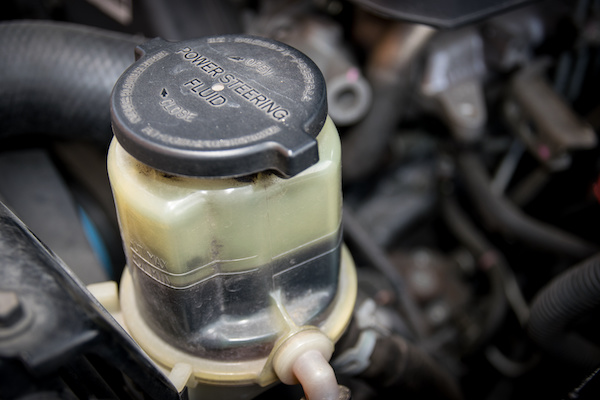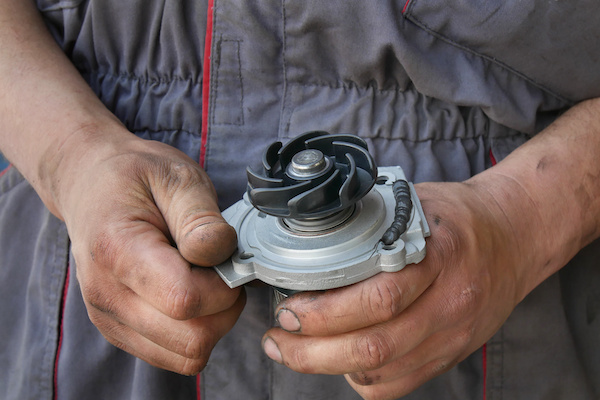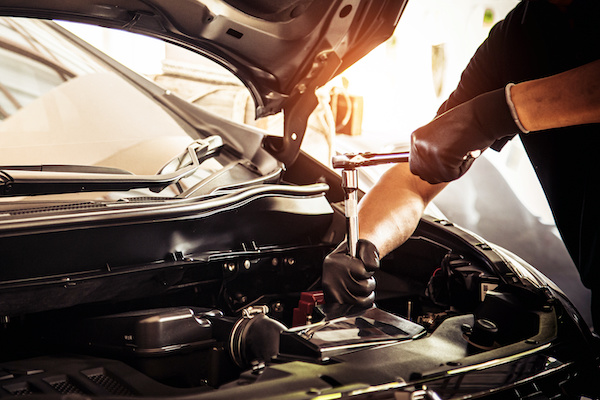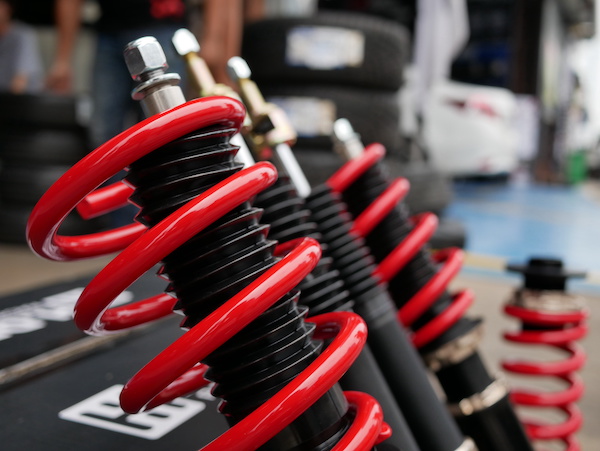Posted on 12/23/2022
.jpeg)
Fuel efficiency is a crucial consideration for car owners. It can have a significant impact on your budget and the environment. But how do you maximize fuel efficiency? Let's look at several tips to help you get more mileage out of each drop of fuel. Plan Your Route Planning can go a long way toward increasing fuel efficiency. If you know where you are going, take some time to map out the most direct route with the least amount of traffic. An alternative way may save precious minutes but cost extra gas in the long run. Proper Maintenance Regularly checking and maintaining your vehicle will ensure that it runs as efficiently as possible. Tires should be properly inflated and aligned, and oil should be changed periodically. Neglecting your car can lead to decreased fuel efficiency of up to 25%. Don't Speed Speeding is not only dangerous, but it drastically reduces the amount of mileage you get from each drop of gas. Speeding can lower your gasoline mileage by as much as ... read more
Posted on 11/30/2022

If you have a traditional power steering system, you most likely rely on power steering fluid for smooth and easy turns. Power steering fluid provides hydraulic pressure, and it sometimes requires maintenance. If your steering fluid is dark, contaminated, or leaking, you will need the appropriate repairs to restore your steering. You may notice the following signs when your power steering is malfunctioning: Stiff Steering Wheel If your steering wheel is super stiff and hard to turn, it is a tell-tale sign that you need power steering repairs. It can be hazardous for your power steering to disengage in the middle of driving. You may need a mechanical repair or power steering fluid service. Slow Response On the other hand, your steering wheel may feel overly loose. If your wheel movements don’t correspond with your steering wheel, it can mean that you have an alignment issue. However, it is also worth checking if the power steering system is affected. Noisy Steering If ... read more
Posted on 10/31/2022

The water pump is a component of the engine that pumps water and oil through the machine. The oil is used to lubricate parts of the engine and to cool it down. The water helps to cool the oil and provide lubrication. The water pump is part of an engine's cooling system. It draws water from the radiator and forces it through a series of tubes, eventually transferring it into a tank on the other side of the car. When you turn on your vehicle, this tank fills up with cold water and then flows to one or more cylinders in your engine, where it flows through them until they are sufficiently cooled down. Symptoms of a Failing Water Pump When your car's water pump fails, you may notice the following: Shuddering when you start your vehicle or turn it off. Loud noises from under the hood (such as a clunking sound) An oily or slippery feeling under your car when you get in or out. Your car may suddenly lose power, especially when you stop at a stop sign or red light. You may hear ... read more
Posted on 9/30/2022

Just like everyone around you seems to have an opinion on what you need to personally do to stay healthy and fit, the same is true for your car. It seems that everyone has a different perspective about which maintenance schedule you should follow in order to keep your vehicle operating at its optimal best. The reality is that it depends on your driving habits and the type of car that you own. That being said, there are some general rules that you should follow when deciding how often to perform maintenance on your vehicle. Idle Cars Need Maintenance As Well Many car owners make the mistake of thinking that a vehicle seldom driven is a vehicle that never breaks down. This is not actually the case. Cars actually need to be driven quite often in order to continue performing at their best. This is because needs to get hot, the oil needs to move through the system, and batteries depend on a moving vehicle in order to charge. Even tires can begin to show wear if they sit for too long. If y ... read more
Posted on 8/31/2022

When you drive the same car every day, you get used to how it feels on the road. Any unusual feeling will definitely stick out like a sore thumb. When you notice a loss in handling and comfortability of your car, one of the first areas you should check is the suspension system. Here are some of the signs of trouble when it comes to the suspension: Drifting to the Side Whenever you buckle up for a turn in your car, your suspension system should hold up the vehicle’s weight to minimize the impact. However, you’re more likely to roll over and feel each turn when your car’s shocks are no longer stabilizing the vehicle body against the force of every turn. Difficulty Steering Steering troubles often go hand-in-hand with worn suspension parts. Therefore, you should have your suspension components inspected if you notice a stiff or crooked steering wheel. In some cases, the trouble can extend beyond the power steering system. Bumpy Ride Your car, SUV, or truck su ... read more